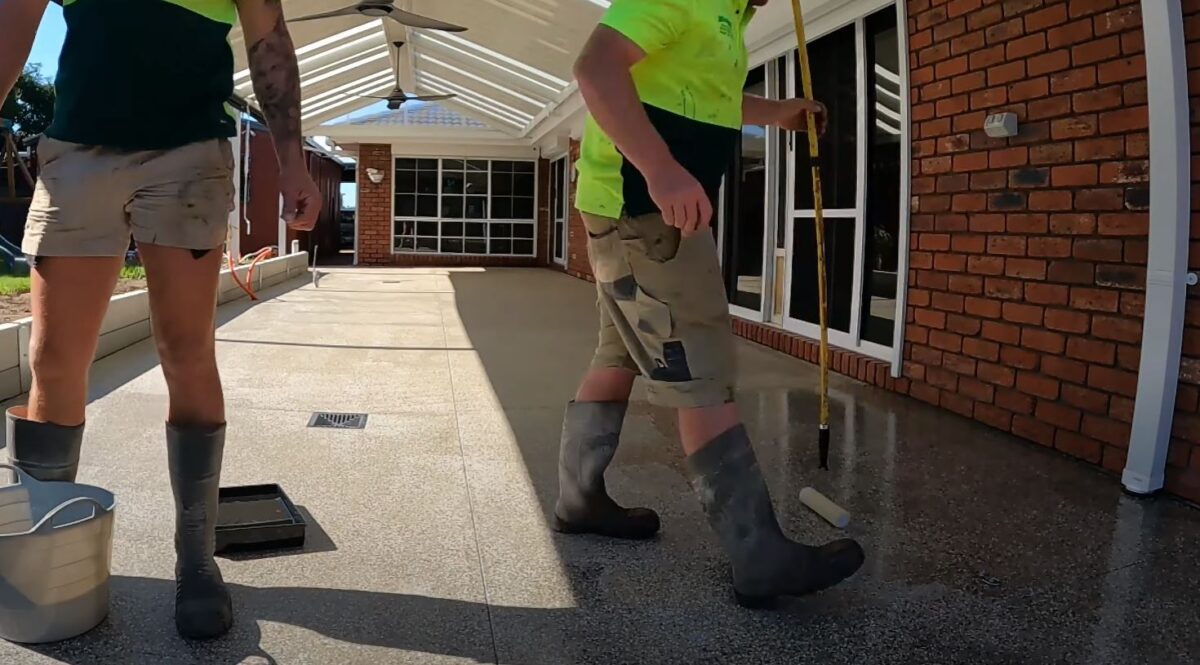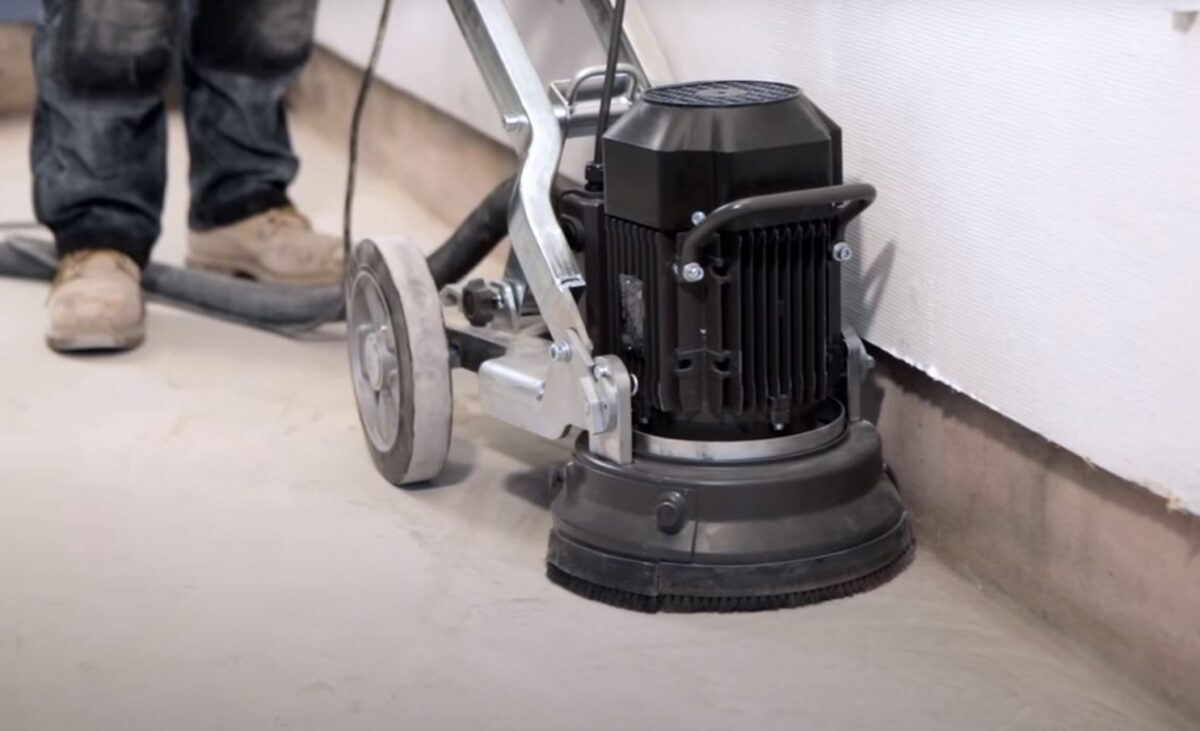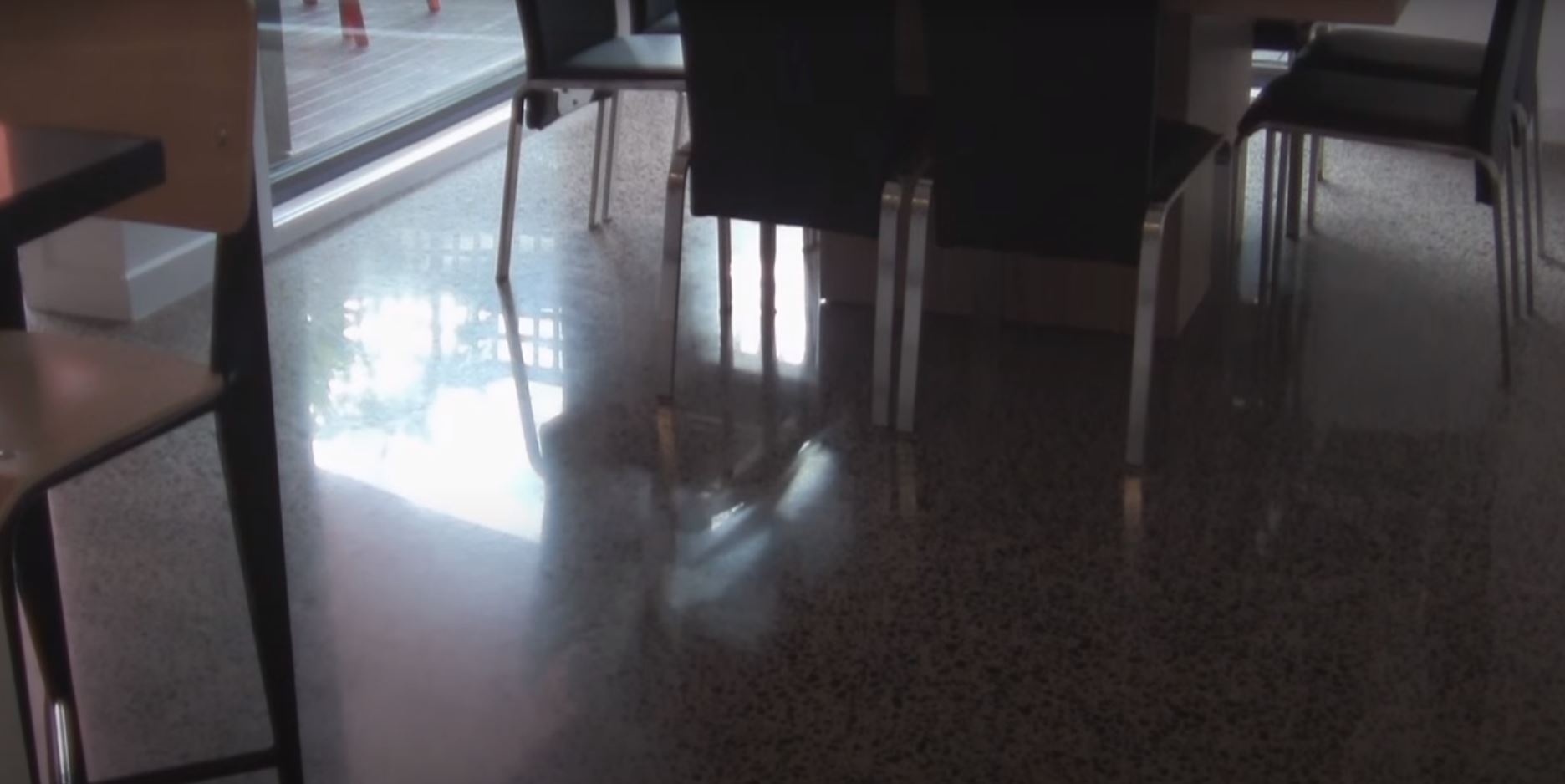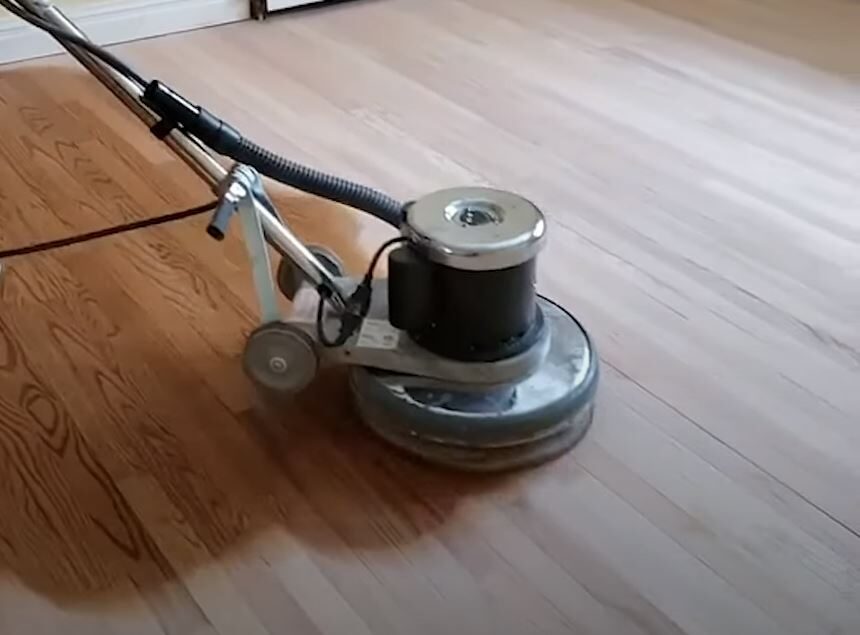Comparing the Costs: Polished Concrete vs. Other Flooring Options in Auckland
The Allure of Polished Concrete
Polished concrete, with its sleek appearance and hard-wearing nature, has garnered significant attention among Auckland homeowners. Beyond its aesthetic appeal, its relatively low maintenance requirements make it an appealing choice for many.
Cost Implications of Polished Concrete
In Auckland, polished concrete flooring typically ranges from NZD$70 to NZD$210 per square metre, depending on the finish and complexity. This price encompasses the grinding of the concrete slab, the polishing process, and any desired decorative treatments. These treatments can include adding aggregates, dyes, or intricate patterns. It’s also essential to factor in the slab’s current condition, as uneven or damaged floors may incur additional preparation costs.
Alternative Flooring Choices & Their Costs
- Hardwood Timber: A popular choice due to its timeless charm, hardwood flooring averages between NZD$140 and NZD$420 per square metre. This range covers the installation and finishing but can vary based on wood type and source.
- Laminate: An economical choice that mimics the look of natural wood, laminate flooring typically costs between NZD$28 and NZD$70 per square metre, including installation.
- Tile: Ceramic or porcelain tiles come in at around NZD$56 to NZD$140 per square metre. This price includes laying and grouting but may vary based on the tile’s quality and design.
The Ponsonby Perspective & Bylaw Implications
In trendy Auckland suburbs like Ponsonby, historical homes are prevalent. These homes often have unique requirements due to their heritage status. The Auckland Council mandates specific guidelines for alterations to these properties, which can influence the choice and cost of flooring. Before committing, it’s wise to consult with local experts and the council to ensure compliance with all bylaws.
Mt. Eden’s Unique Floor Dynamics
Mt. Eden, another suburb with its distinct characteristics, sees a mix of modern and older homes. The geological aspects of this region might mean that some homes need additional floor levelling or preparation before installing their chosen flooring solution. This can, naturally, impact the overall cost.
Weighing Up The Costs
When comparing polished concrete to other flooring options, consider not just the immediate costs but also long-term factors. Polished concrete requires minimal maintenance and is incredibly durable, potentially saving homeowners in the long run. Conversely, while timber floors might have a higher upfront cost and require periodic refinishing, many homeowners feel the warmth and character they add to a home is worth the investment.
Table of Flooring Costs in Auckland
| Flooring Type | Average Cost per Square Metre (NZD) |
| Polished Concrete | NZD$70 – NZD$210 |
| Hardwood Timber | NZD$140 – NZD$420 |
| Laminate | NZD$28 – NZD$70 |
| Tile (Ceramic/Porcelain) | NZD$56 – NZD$140 |
In Conclusion
The choice between polished concrete and other flooring options hinges not just on cost but on personal preference, the property’s character, and long-term considerations. It’s essential to weigh all factors and consult with local experts in Auckland’s construction industry for the best advice.
Frequently Asked Questions about Polished Concrete and Flooring Costs
Why does the cost of polished concrete vary so widely from NZD$70 to NZD$210 per square metre?
The cost varies based on the finish level, design intricacies, and the quality of the initial slab. Basic polished concrete is less expensive, but adding stains, designs, or achieving higher gloss finishes can increase the cost.
Are there any hidden costs involved when choosing polished concrete?
Apart from the initial installation, homeowners might encounter costs for sealants or periodic re-polishing, especially in high traffic areas. It’s essential to discuss all potential costs with the contractor.
I live in a heritage property in Ponsonby; can I still get polished concrete?
While you can opt for polished concrete, Ponsonby has specific bylaws for heritage properties. It’s best to consult with the Auckland Council and a local contractor familiar with heritage guidelines.
Are wooden floors more expensive than polished concrete in the long run?
Wooden floors might require more frequent maintenance and potential refinishing, which could increase long-term costs. Polished concrete, on the other hand, is durable and needs minimal upkeep.
How does the cost of polished concrete compare environmentally?
Polished concrete is sustainable, especially if refining an existing slab. In contrast, sourcing for wooden floors might have a higher environmental impact if the wood isn’t from renewable sources.
Can I get an idea of consent costs for floor grinding in Mt. Eden?
Consent costs can vary based on the specific requirements of the Albert-Eden local board. It’s recommended to check with the Auckland Council or a local contractor for precise figures.
Key Takeaways: Cost Comparison of Polished Concrete to Other Flooring Options
Polished Concrete’s Appeal: Sleek appearance, low maintenance, and durability make it a preferred choice for many Auckland homeowners.
Costing Metrics: Polished concrete in Auckland can range from NZD$70 to NZD$210 per square metre, with the final cost influenced by finish type, decorative treatments, and the floor’s initial condition.
Alternatives’ Price Range: Hardwood timber sits between NZD$140 and NZD$420, laminate from NZD$28 to NZD$70, and tiles (ceramic/porcelain) from NZD$56 to NZD$140 per square metre.
Local Bylaws & Heritage Homes: In areas like Ponsonby, alterations to historical homes have specific guidelines, potentially influencing flooring choices and costs.
Geological Factors: Suburbs such as Mt. Eden might require additional floor preparation, impacting the overall expenditure.
Long-Term Costs: Consider both immediate expenses and long-term maintenance when comparing polished concrete to other options.



